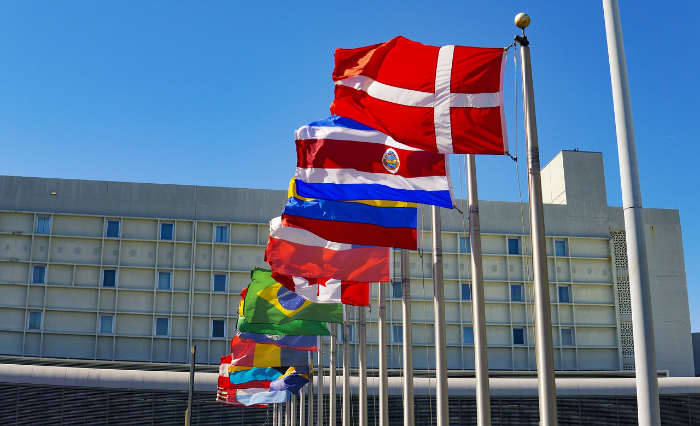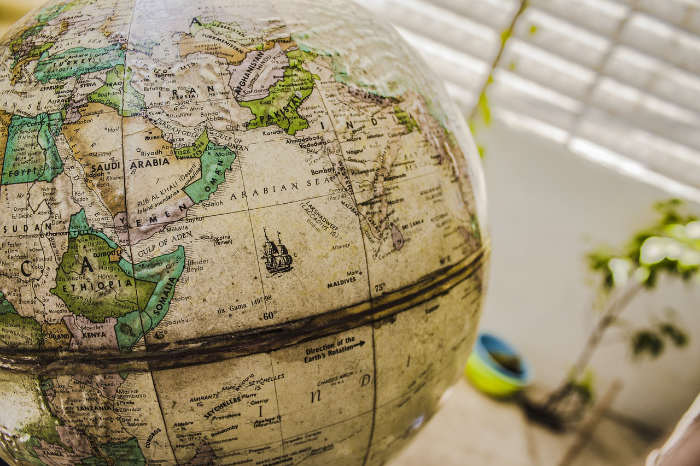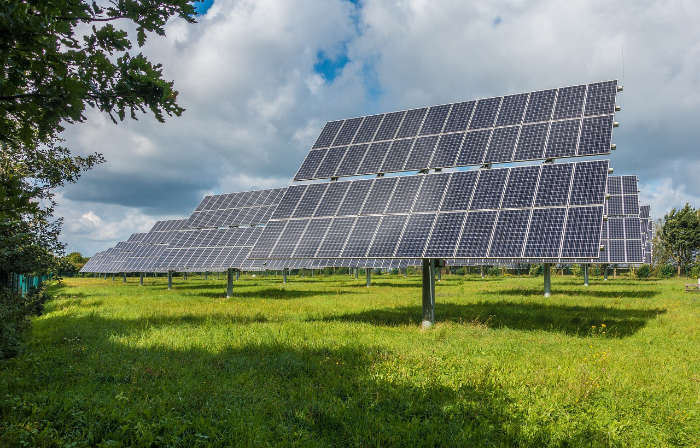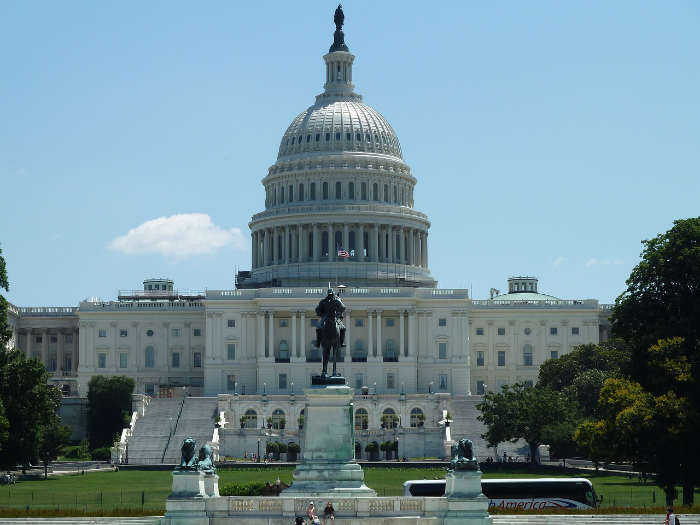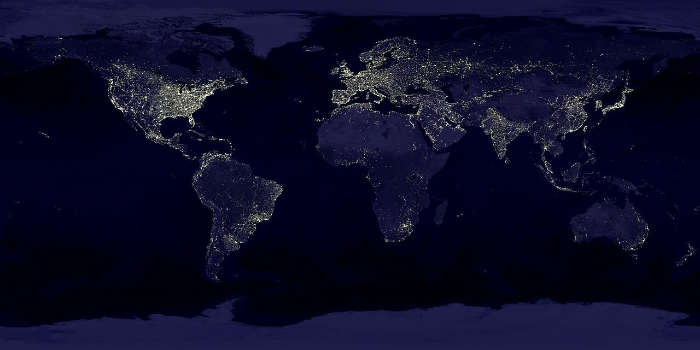Middle-Income Countries 2025

Lower Middle
Reclassified (high income)
Reclassified (low income)
Unclassified since 2021 (lack of data)
Upper Middle
World Bank Lending Group
Country | World Bank Lending Group 2024↓ | |
|---|---|---|
| Russia | Reclassified (high income) | |
| Bulgaria | Reclassified (high income) | |
| Palau | Reclassified (high income) | |
| China | Upper Middle | |
| Indonesia | Upper Middle | |
| Brazil | Upper Middle | |
| Mexico | Upper Middle | |
| Iran | Upper Middle | |
| Turkey | Upper Middle | |
| Thailand | Upper Middle | |
| South Africa | Upper Middle | |
| Colombia | Upper Middle | |
| Algeria | Upper Middle | |
| Iraq | Upper Middle | |
| Argentina | Upper Middle | |
| Ukraine | Upper Middle | |
| Malaysia | Upper Middle | |
| Peru | Upper Middle | |
| Kazakhstan | Upper Middle | |
| Guatemala | Upper Middle | |
| Ecuador | Upper Middle | |
| Dominican Republic | Upper Middle | |
| Cuba | Upper Middle | |
| Azerbaijan | Upper Middle | |
| Belarus | Upper Middle | |
| Turkmenistan | Upper Middle | |
| Libya | Upper Middle | |
| Paraguay | Upper Middle | |
| Serbia | Upper Middle | |
| El Salvador | Upper Middle | |
| Lebanon | Upper Middle | |
| Costa Rica | Upper Middle | |
| Georgia | Upper Middle | |
| Mongolia | Upper Middle | |
| Bosnia and Herzegovina | Upper Middle | |
| Namibia | Upper Middle | |
| Moldova | Upper Middle | |
| Armenia | Upper Middle | |
| Jamaica | Upper Middle | |
| Albania | Upper Middle | |
| Gabon | Upper Middle | |
| Botswana | Upper Middle | |
| Equatorial Guinea | Upper Middle | |
| North Macedonia | Upper Middle | |
| Mauritius | Upper Middle | |
| Fiji | Upper Middle | |
| Suriname | Upper Middle | |
| Montenegro | Upper Middle | |
| Maldives | Upper Middle | |
| Belize | Upper Middle | |
| Saint Lucia | Upper Middle | |
| Seychelles | Upper Middle | |
| Grenada | Upper Middle | |
| Tonga | Upper Middle | |
| Saint Vincent and the Grenadines | Upper Middle | |
| Dominica | Upper Middle | |
| Marshall Islands | Upper Middle | |
| Tuvalu | Upper Middle | |
| India | Lower Middle | |
| Pakistan | Lower Middle | |
| Nigeria | Lower Middle | |
| Bangladesh | Lower Middle | |
| Egypt | Lower Middle | |
| Philippines | Lower Middle | |
| Vietnam | Lower Middle | |
| Tanzania | Lower Middle | |
| Kenya | Lower Middle | |
| Myanmar | Lower Middle | |
| Angola | Lower Middle | |
| Morocco | Lower Middle | |
| Uzbekistan | Lower Middle | |
| Ghana | Lower Middle | |
| Ivory Coast | Lower Middle | |
| Cameroon | Lower Middle | |
| Nepal | Lower Middle | |
| Sri Lanka | Lower Middle | |
| Zambia | Lower Middle | |
| Senegal | Lower Middle | |
| Cambodia | Lower Middle | |
| Zimbabwe | Lower Middle | |
| Guinea | Lower Middle | |
| Benin | Lower Middle | |
| Bolivia | Lower Middle | |
| Tunisia | Lower Middle | |
| Haiti | Lower Middle | |
| Jordan | Lower Middle | |
| Honduras | Lower Middle | |
| Tajikistan | Lower Middle | |
| Papua New Guinea | Lower Middle | |
| Laos | Lower Middle | |
| Kyrgyzstan | Lower Middle | |
| Nicaragua | Lower Middle | |
| Republic of the Congo | Lower Middle | |
| Palestine | Lower Middle | |
| Mauritania | Lower Middle | |
| Lesotho | Lower Middle | |
| Timor-Leste | Lower Middle | |
| Eswatini | Lower Middle | |
| Djibouti | Lower Middle | |
| Comoros | Lower Middle | |
| Solomon Islands | Lower Middle | |
| Bhutan | Lower Middle | |
| Cape Verde | Lower Middle | |
| Vanuatu | Lower Middle | |
| Sao Tome and Principe | Lower Middle | |
| Samoa | Lower Middle | |
| Kiribati | Lower Middle | |
| Micronesia | Lower Middle | |
| South Sudan | Reclassified (low income) | |
| Venezuela | Unclassified since 2021 (lack of data) |
- World Bank’s income categories are updated at the start of each financial year (which runs July to June) and are based upon the most recently released data, which tends to be 1.5 years previous.
- For example, the 2025 financial year rankings were released in mid-2024 and were based upon data from 2023.
- World Bank GNI per capita income thresholds for FY2025:
- Low income: <= $1,145 ($1,135 for FY2024)
- Lower middle income: $1,146-4,515 ($1,136-4,465 for FY2024)
- Upper middle income: $4,516-14,005 ($4,466-13,845 for FY2024)
- High income: > $14,006 ($13,845 for FY2024)
- GNI data for Turkmenistan, South Sudan, and Venezuela may be from latest available year rather than current financial year.
A country’s national income often has a massive impact on its level of human development and the overall quality of life its residents enjoy. The World Bank, an international organization dedicated to helping countries overcome poverty, examines the GNI (Gross National Income) per capita of each of the world’s countries and territories, then sorts each into one of four World Bank Country Lending Groups: high-income, upper-middle-income, lower-middle income, and low-income. Upper-middle income countries and lower-middle income countries are known collectively as middle-income countries (MICs). In response to shifts in the global economy, the World Bank adjusts the boundary lines between the categories each July.
2022-2023 World Bank Country Lending Group guidelines (all values USD)
- Low-income economies — 2021 GNI per capita of up to $1,085
- Lower-middle-income economies — 2021 GNI per capita of $1,086 to $4,255
- Upper-middle-income economies — 2021 GNI per capita of $4,256 to $13,205
- High-income economies — 2021 GNI per capita of $13,206 or more
More than half of the world’s countries are middle-income countries, which display a diverse range of regions, sizes, populations, and cultures. MICs are home to 75% of the world’s population, including 62% of its poor, and produce one-third of the global GDP. Many MICs face similar challenges, which often include population growth that outpaces the development of infrastructure, a lack of investment capital and skilled workers, and government corruption and/or instability.
Middle-income countries are essential to global economic growth. Development and growth in MICs, according to the World Bank, can result in benefits including increased international trade, greater sustainable energy development, improved food and water security, and a reduction in border conflicts, which can ripple out to other countries as well. If evaluated using the United Nations’ overarching Human Development Index, middle-income countries tend to classify as developing countries, ranking above least-developed countries (which typically correlate to low-income countries) but falling short of developed (high-income) countries.







